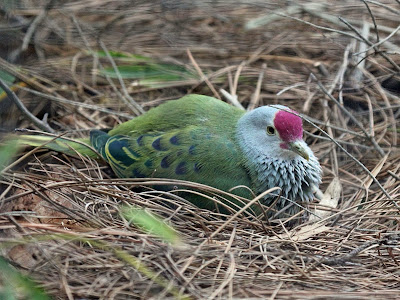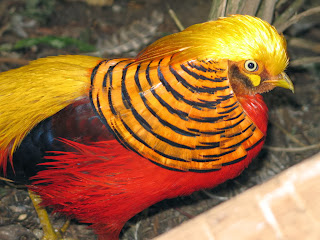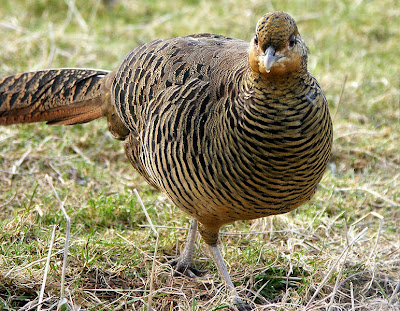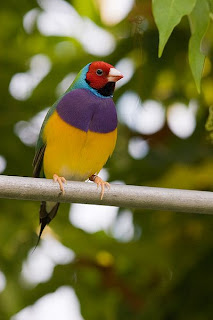The thing is, people tend to confuse aviaries with bird cages, thinking that they're one and the same thing. For the clueless and for those who want to know the difference between each, aviaries are large enclosures for confining birds but have larger living spaces than cages. Aviaries also allow birds more space to fly and are usually designed to mimic a bird's natural habitat. Because these cages allow birds to fly, they are sometimes referred to as flight cages. Plus, aviaries will also allow you to house a number of bird species.
Bird cages on the other hand, are cages designed to house birds as pets. They are often considered too small to house more than two complimenting species at a time and are more often than not, used more for home décor without live birds in it, unlike aviaries. Cages are also too small for birds to have any flying space and choosing cages also depends on the size and species of birds you want to get.
Whether you prefer to get a bird cage or a bird aviary, there are important things you need to remember if you are to ensure that your birds will live in a safe, healthy and happy environment. For one, your cages or aviaries will depend on the number of bird species you want to breed, the weather conditions where you live and the kind of birds you want to breed. Gardens are usually the best places to build your aviaries in while indoors would be the best place for bird cages.
If you're in a quandary about whether to get a bird cage or an aviary, you need to weigh the pros and cons of each in order to make the best decision. Cages offer you more flexibility and freedom to control your birds, allows you to create specialized diets and monitor them closely for any signs of health problems. However, birds are more prone to escape cages than aviaries so if you want more security and safety aviaries may be your best bet.
Aviaries on the other hand, allow birds to fly and live more happily because it is specifically designed to mimic their natural habitats. Since you can house more birds in them, it also gives them the opportunity to socialize, form their own flocks and choose their mates. Some breeders even attest to the fact that having aviaries actually lets you form a closer bond with your pets and is a constant reminder of why you love birds to begin with.
And lastly, aviculture experts also believe that if you want to concentrate on one or two bird species at a time, then cages would be more practical than aviaries. Unless you have been breeding birds for a while and know each species like the back of your hand, aviaries are best left to the experts and the experienced.
Take your bird-breeding to the next level and get the best aviaries that will suit your needs. Find aviaries at SimplySheds site and ensure you have a healthy and safe environment for your fine, feathered friends.
Article Source: http://EzineArticles.com/8171322

















































